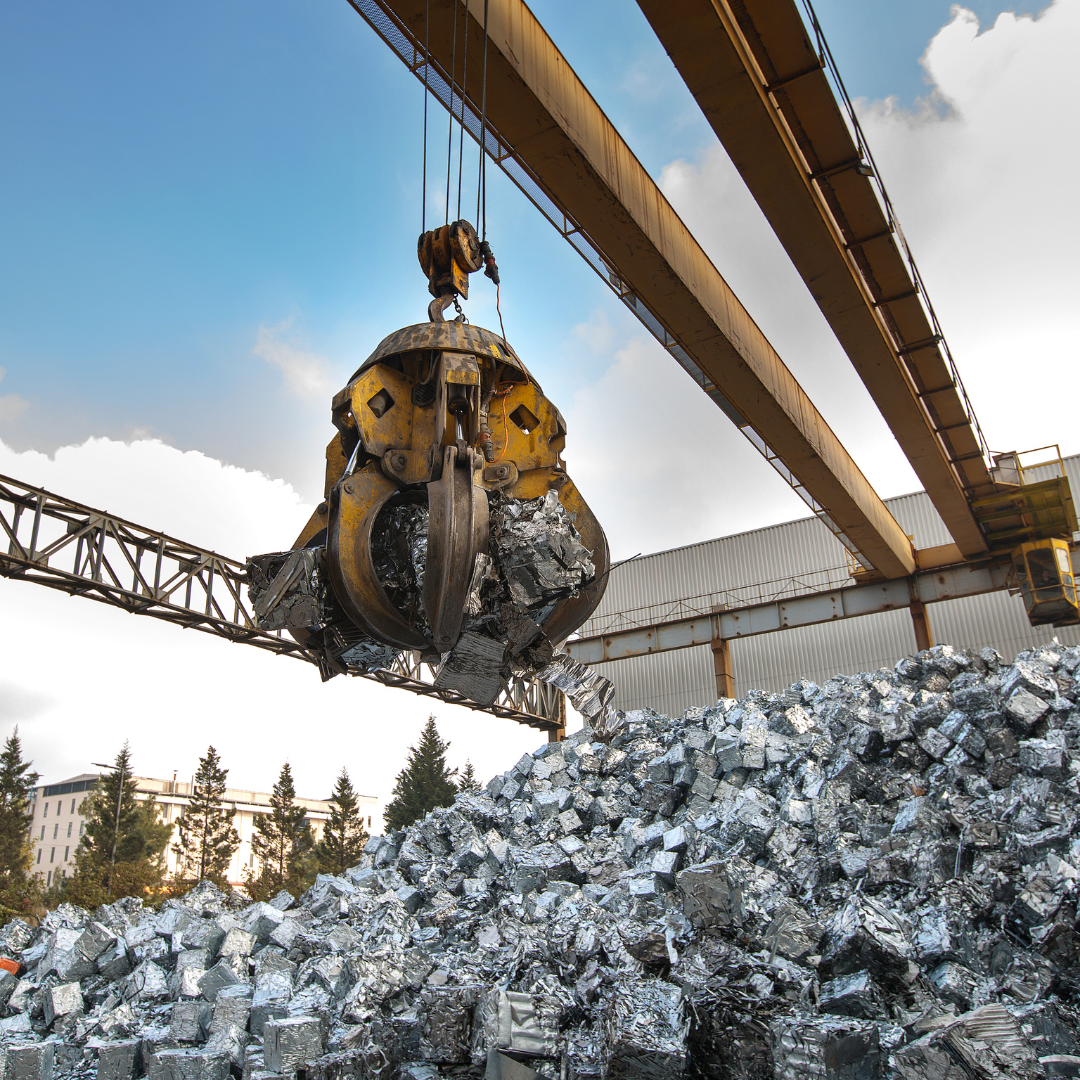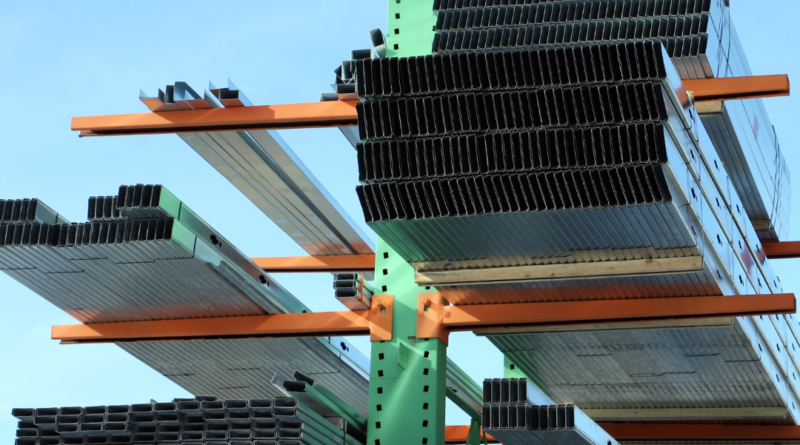What Makes Steel a Sustainable Building Material?
In today’s world, sustainability is becoming increasingly important in all areas of life, including construction. With the construction industry accounting for a significant portion of global greenhouse gas emissions, it’s crucial that we consider the environmental impact of building materials. Steel, a commonly used building material, is often seen as an industrial and heavy material that contributes to environmental pollution. However, this couldn’t be further from the truth. Steel is actually an environmentally-friendly building material, thanks to its unique properties and the sustainability of its production processes. This is why you should be using it as often as you, but the fact is that lots of people are still not sure whether steel is a completely sustainable material. In case you need some proof of that, here are some of the most important things that make steel sustainable.
Recyclability

One of the most important environmental benefits of steel is its recyclability. Steel can be recycled indefinitely without losing its properties, which means it can be used over and over again. This significantly reduces the amount of waste produced during construction and saves valuable natural resources. Steel recycling not only conserves energy and reduces greenhouse gas emissions, but it also creates jobs and supports local economies. According to the World Steel Association, the recycling of steel saves the equivalent of the energy used by nearly 18 million homes in the United States each year.
Energy efficiency
Steel is a highly energy-efficient building material with a huge thermal mass. Therefore, it can absorb and retain heat, which helps him reduce the amount of energy needed to heat or cool a building. This produces low energy bills and reduced carbon emissions. Steel buildings can be designed to be energy efficient, with features such as high-performance insulation, efficient lighting systems, and advanced heating and cooling systems. The energy efficiency of steel buildings can also be improved through the use of renewable energy sources, such as solar panels or wind turbines. Still, this will only be possible if you stick to professional steel, which is why you need to start looking for it right now. Luckily, if you’re in the Australian region, you can always look into a structural steel supplier from Sydney who knows everything about sustainable steel and can provide you with tons of it!
Durability
Steel is a durable material that can withstand extreme weather conditions, making it ideal for use in construction. This means that it requires less maintenance and replacement over time, reducing the amount of waste generated by construction and prolonging the life of the building. Steel buildings can last for decades, or even centuries, with proper maintenance, which means that they provide a long-term investment for property owners. The durability of steel also reduces the need for frequent renovations or replacements, which further reduces waste and energy consumption.
Sustainability of steel production
The production of steel has become increasingly sustainable in recent years, with many steel manufacturers adopting environmentally-friendly processes and technologies. This includes the use of renewable energy sources, such as wind and solar power, and the implementation of recycling and waste management programs. Steel production has also become more energy-efficient, with advancements in technology reducing the energy required to produce steel and reducing emissions. The sustainability of steel production is an ongoing process, with manufacturers constantly seeking ways to reduce their environmental impact and promote sustainability.
Ease of construction
Steel is a lightweight and strong material, making it easy to transport and construct. This results in reduced waste and lower carbon emissions during the construction process, as less energy is needed to move and assemble the material. Steel components can be prefabricated off-site and quickly assembled on-site, reducing the time and labor required for construction. The ease of construction of steel buildings also makes them a cost-effective option for property owners, as construction time and labor costs can be significantly reduced.
Fire resistance and versatility
Steel is an extremely fire-resistant material, which means that it does not contribute to the spread of fire in a building. This makes it an ideal choice for construction in areas that are prone to fires, such as forests or urban areas. Finally, steel is a highly versatile material that can be used in a variety of different applications, from structural components to cladding and roofing systems. This versatility makes it possible to use steel in a range of building types, from small residential structures to large commercial and industrial buildings.
Steel is a highly environmentally-friendly building material that offers many benefits, including recyclability, energy efficiency, durability, sustainability of production processes, ease of construction, fire resistance, and versatility. These benefits make steel an ideal choice for construction that is both cost-effective and environmentally responsible. By choosing steel, we can help to reduce the impact of construction on the environment and create buildings that are sustainable and efficient for generations to come.



